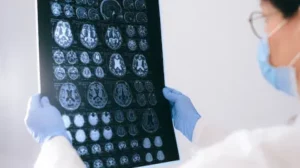Fighting for an epilepsy cure isn’t going anywhere…
April 2, 2020
As part of the CURE family, we want to let you know that we are here for you. We are closely monitoring the COVID-19 pandemic in the US and beyond to ensure that we are not only protecting our staff but also providing you and the epilepsy community with helpful information and resources. We encourage you to keep a close eye on our Facebook and Twitter accounts for updates, lives streams, and the epilepsy research news we are committed to providing. Plus, we have some wonderful educational and fun content coming soon!
CURE actions:
- Our staff is not traveling and is working remotely, but we’re still here for you. Please don’t hesitate to contact us via email, phone, or social media.
- We are hosting remote live streams via Facebook about COVID-19 and the implications for the epilepsy community.
- All in-person CURE events have been cancelled or postponed through the end of May, though we are in the process of developing great ways to engage online!
- Our webinar series will continue on April 28 with a presentation and live Q&A on The Autism-Epilepsy Connection.
- Affected CURE-sponsored seminars and conferences for researchers and families alike are being rescheduled for later dates or moved to virtual conferences.
Ways that you can continue the fight for a cure:
- Let us know how you and your family are doing! I would love to hear from you at CEO@cureepilepsy.org.
- Donate to support our groundbreaking research initiatives if you are financially able.
- Host a virtual event or fundraiser as a CURE Champion, like Mary Fox who was featured in our latest CURE Champion Spotlight.
- Set CURE as your AmazonSmile charity, so your online purchases can support research at no cost to you.
- Check out powerful books about life with epilepsy, like A Mind Unraveled by New York Times bestselling author Kurt Eichenwald, which support CURE.
Please take a moment and reply to this email to let us know what information you need and who you’d like to hear from. Reach out to us any time! We are always here for you, continuing to fight for a cure.
Be well,

Beth Lewin Dean, CEO







